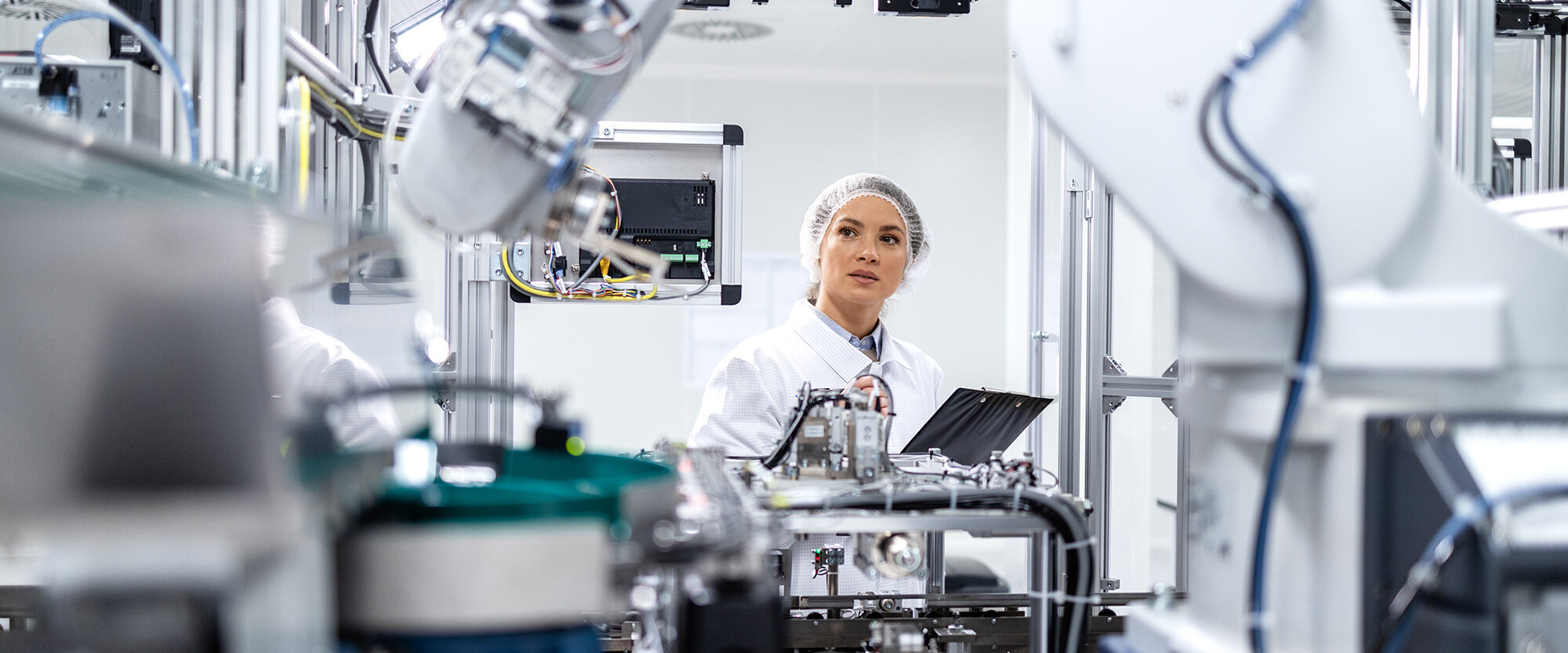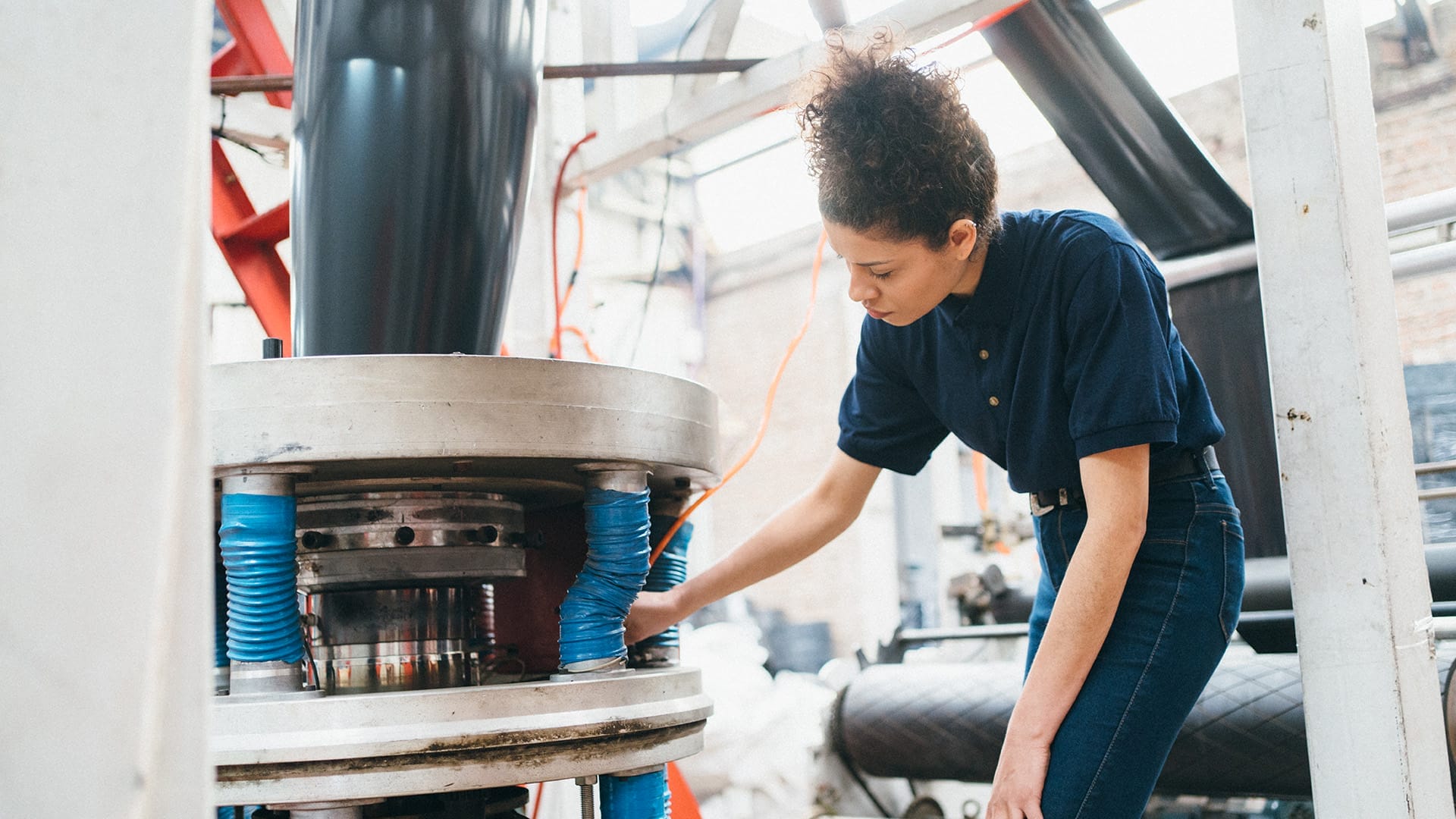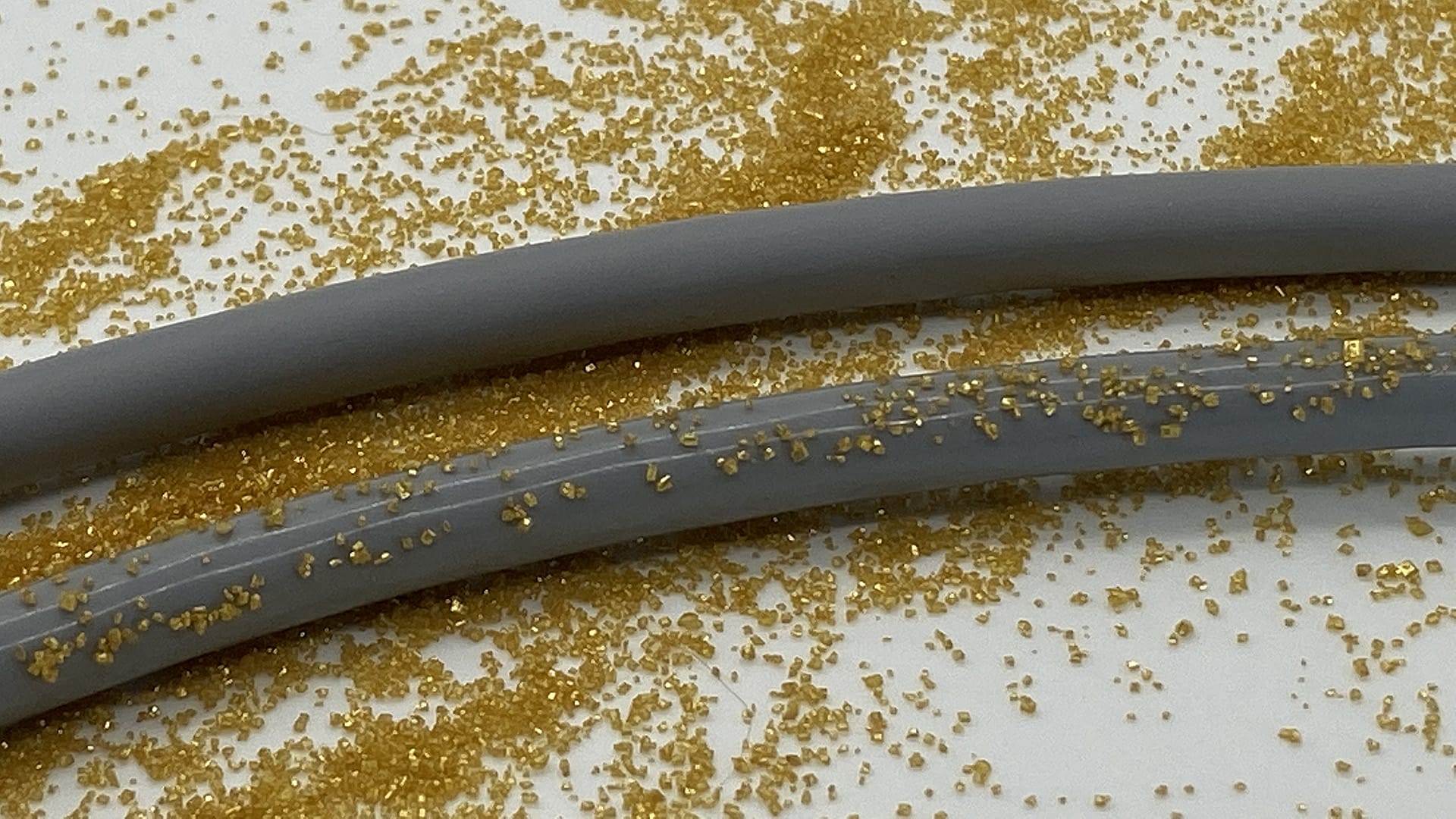Industrial use of sensors has evolved from simple cause-and-effect applications into more sophisticated data acquisition that enables a better understanding of systems. Real-time monitoring provides insights into factors like efficiency, equipment degradation, and product quality that can be harnessed collectively via the Industrial Internet of Things (IIoT). This, in turn, should inform and facilitate process optimisation and predictive maintenance and may provide the bedrock for future GenAI plant control systems. However, various issues can make it hard to derive actionable insights that deliver on these goals. Here, experts in the technology offer practical guidance for equipment manufacturers looking to make their products ‘smart’ using sensor integration.
A strategic approach to sensor integration
Step 1: Define the objective
Step 2: Determine what to measure
Step 3: Decide on sensor type
Step 4: …
Step 5: …
Step 6: …






